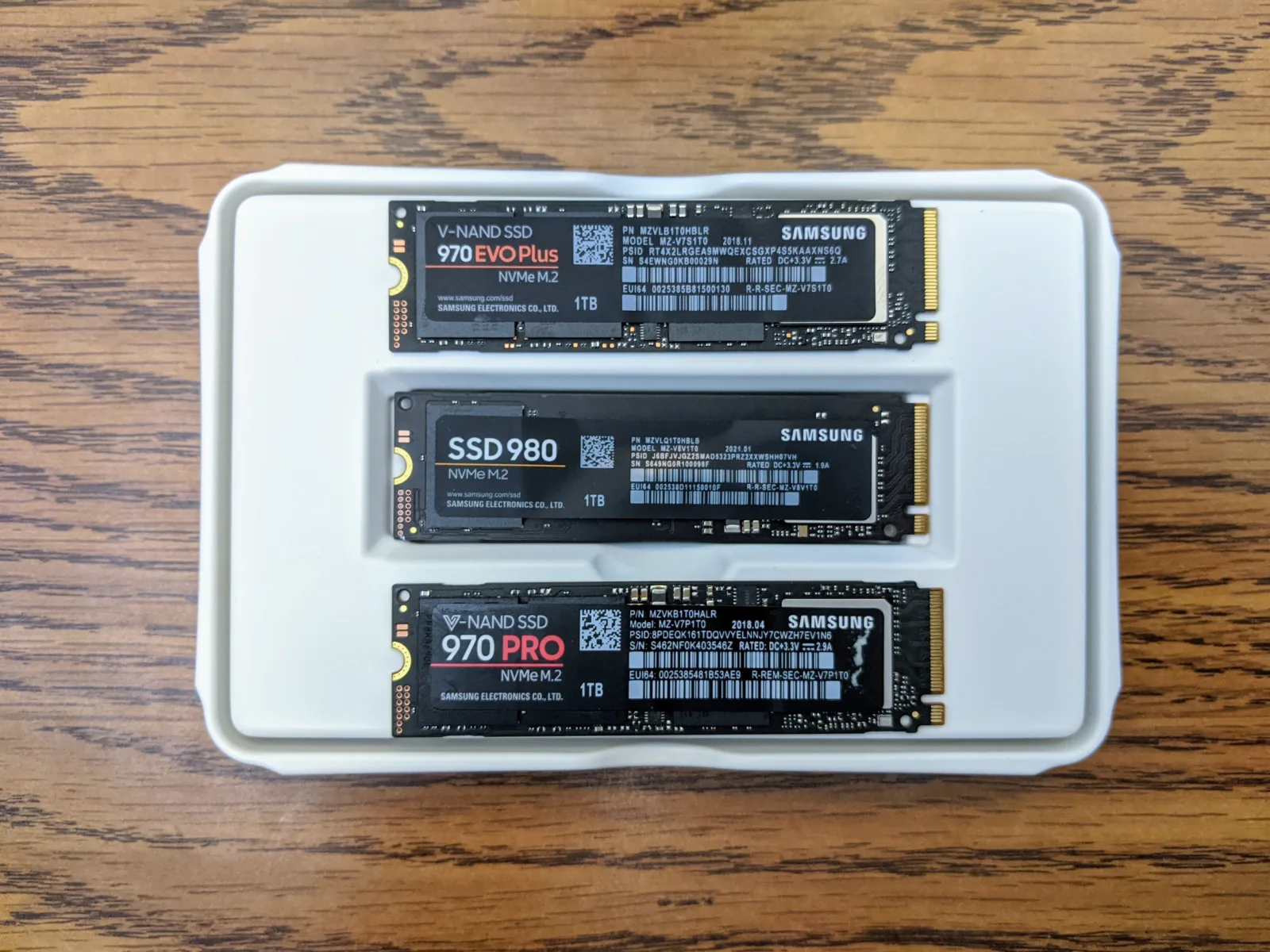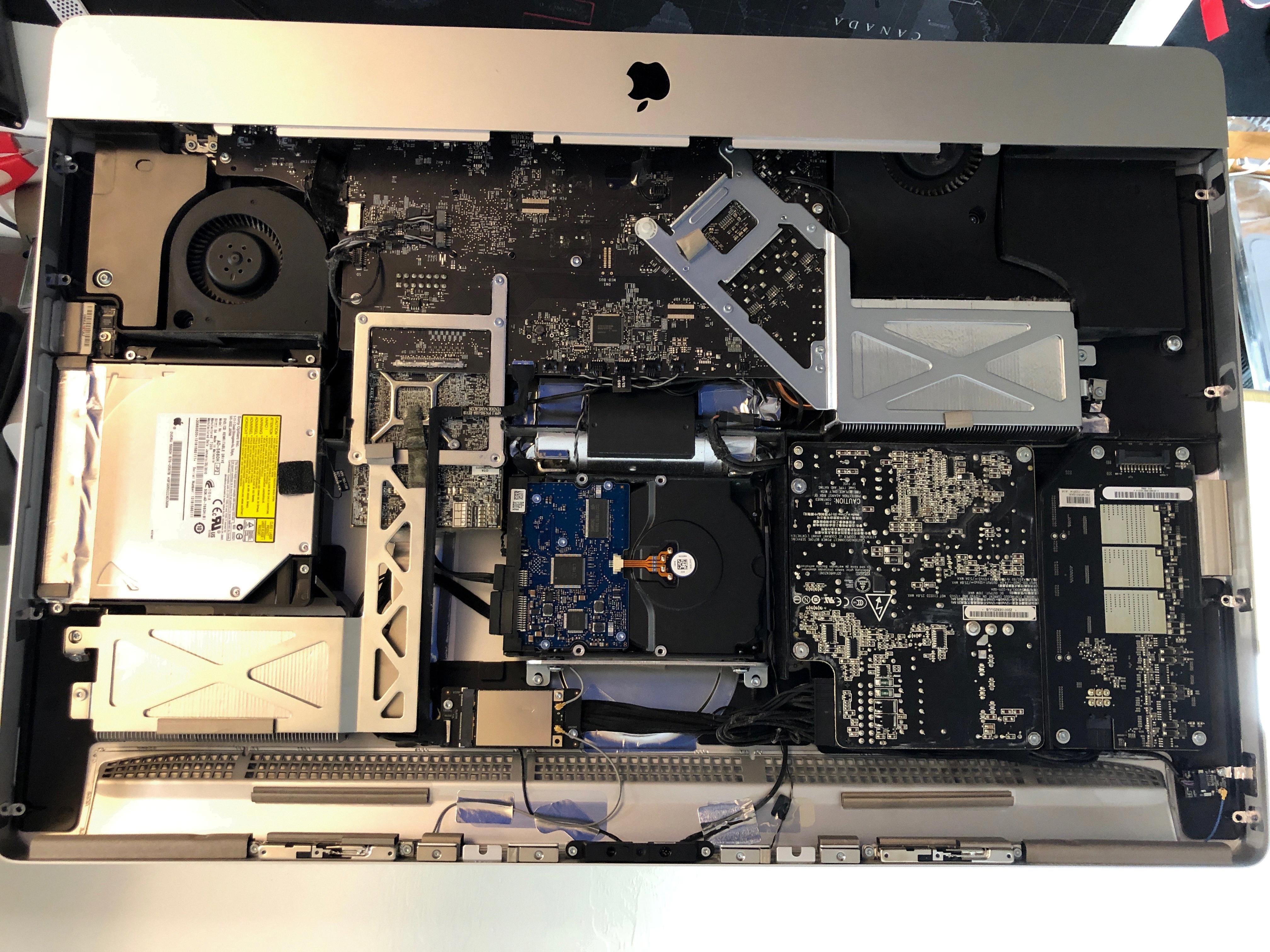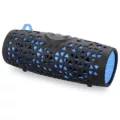Samsung has been leading the way in the world of SSDs for quite some time now, and their latest offerings, the 980 and 970 EVO Plus, are no exception. Both of these drives are top-of-the-line, high-performance options that offer users lightning-fast speeds and reliability. In this article, we’ll take a closer look at these two drives and compare their features and performance.
First up is the Samsung 970 EVO Plus. This drive is a follow-up to the already-impressive 970 EVO, and it offers some impressive upgrades in terms of performance and efficiency. The 970 EVO Plus boasts read and write speeds of up to 3,500MB/s and 3,300MB/s respectively, making it one of the fastest SSDs on the market. It also comes with a complete software suite that includes Samsung’s Magician software, which allows users to customize and optimize their drive for their specific needs.
The 970 EVO Plus also features Samsung’s V-NAND technology, which increases density and improves performance while reducing power consumption. This technology allows the driver to handle heavy workloads with ease, making it a great choice for power users and gamers. Additionally, the 970 EVO Plus is available in capacities ranging from 250GB to 2TB, making it a versatile option for a variety of needs and budgets.
Next, we have the Samsung 980, which is the company’s latest and greatest offering. The 980 is a PCIe 4.0 NVMe SSD, which means it takes advantage of the latest technology to provide even faster speeds than its predecessor. With read and write speeds of up to 7,000MB/s and 5,000MB/s respectively, the 980 is a true speed demon. It’s also much cooler than the 970 EVO Plus, thanks to its improved thermal management system.
One thing to note is that the 980’s speeds are primarily noticeable in larger blocksize workloads, whereas the 970 EVO Plus is more consistent across different block sizes. However, for power users and gamers who need the fastest speeds possible, the 980 is an excellent choice. The 980 is also available in capacities ranging from 250GB to 1TB, making it a great choice for those who want a high-performance drive but don’t need as much storage as the 970 EVO Plus offers.
In terms of pricing, the 970 EVO Plus is generally less expensive than the 980, but both drives are still on the pricier side compared to other SSDs. However, the performance and reliability that these drives offer make them well worth the investment for those who need high-speed storage.
Both the Samsung 970 EVO Plus and 980 are excellent SSDs that offer top-of-the-line performance and reliability. The 970 EVO Plus is a great choice for those who want a versatile and consistent performer, while the 980 is a great choice for power users and gamers who need the fastest speeds possible. Regardless of which drive you choose, you can’t go wrong with Samsung’s offerings.

Comparing the 970 EVO Plus and 980
When it comes to comparing the 970 EVO Plus and the 980, it’s important to consider the specific use case and workload. In terms of raw performance, the 980 is faster than the 970 EVO Plus in both random and sequential 1MiB blocksize workloads. However, for most users, the difference in speed may not be noticeable in day-to-day use.
When we look at 4KiB workloads, which are more common in everyday computing tasks, there is little difference between the two drives. Therefore, the decision between the two ultimately comes down to personal preference, budget, and specific use case requirements.
It’s worth noting that both the 970 EVO Plus and the 980 are high-performance NVMe SSDs and will provide significant speed improvements over traditional SATA SSDs or HDDs. Factors such as capacity, reliability, and warranty should also be considered when making a decision between these two drives or any other high-performance SSD.
Comparing the 970 EVO and 980 EVO
The 970 EVO and 980 EVO are both solid-state drives (SSDs) manufactured by Samsung. The 970 EVO was released in 2018, while the 980 EVO was released in 2021, so it’s a newer model. In terms of performance, the 980 EVO is faster than the 970 EVO. The 980 EVO uses the PCIe 4.0 interface, which allows for faster data transfer rates than the PCIe 3.0 interface used by the 970 EVO. The 980 EVO also has a higher maximum sequential read speed and write speed than the 970 EVO.
However, the 970 EVO is still a capable SSD and is often cheaper than the 980 EVO. If you’re on a budget, the 970 EVO is still a great option. Additionally, the 970 EVO is known for its reliability and endurance, which makes it a good choice for those who need an SSD that can withstand heavy use.
If you’re looking for the best possible performance, the 980 EVO is the way to go. But if you’re on a budget or prioritize reliability and endurance, the 970 EVO is still a great choice.
Comparing the Samsung 980 and 970 Pro
The Samsung 980 PRO is generally considered to be better than the 970 PRO. In fact, the 980 PRO outperforms the 970 PRO in the vast majority of tests. The 980 PRO uses PCIe 4.0 technology, which offers faster read and write speeds than the PCIe 3.0 technology used by the 970 PRO. Additionally, while Samsung’s listed specs for random writes may seem ridiculous, reviews indicate that the 980 PRO still outperforms Gen 3 drives. Therefore, if you are looking for a high-performance SSD, the Samsung 980 PRO is likely to be a better option than the 970 PRO.
Is the Samsung 970 EVO Plus Worth the Investment?
The Samsung 970 EVO Plus is definitely worth it. Here are some reasons why:
– Performance: The 970 EVO Plus offers better performance than its predecessor, the 970 EVO, with faster read and write speeds. It also competes closely with the high-end 970 PRO, making it an excellent choice for those who want high-end performance without breaking the bank.
– Efficiency: The 970 EVO Plus also boasts improved energy efficiency, making it a great choice for those who want a fast and powerful drive that won’t drain their laptop’s battery life.
– Price: Despite its improved performance and efficiency, the 970 EVO Plus is actually priced lower than the 970 EVO at launch, making it an excellent value for those who want a high-end NVMe SSD without overspending.
– Complete software suite: The 970 EVO Plus comes with a complete software suite that includes Samsung’s Magician software, which allows users to monitor and optimize their drive’s performance, as well as a data migration tool that makes it easy to transfer data from an old drive to the new one.
The Samsung 970 EVO Plus is an excellent choice for anyone who wants a high-performance NVMe SSD that won’t break the bank. With its improved performance, efficiency, and lower price point, it’s definitely worth considering for your next build or upgrade.
Conclusion
The Samsung 980 and 970 EVO Plus are both excellent NVMe SSDs that provide outstanding performance and reliability. The 980 is faster in both random and sequential 1MiB blocksize workloads, making it a great choice for users who need extra speed. However, in 4KiB workloads, there is little to choose between the two drives. The 970 EVO Plus may be a better option for desktop users who have more cooling capacity, while the 980 is ideal for laptops, especially thin and light ones.
Both drives feature a comprehensive software suite that allows users to manage and optimize their SSDs easily. Additionally, the 970 EVO Plus is usually more affordable and comes with better efficiency, making it a more attractive option for budget-conscious users.
Samsung has done an excellent job with both the 980 and 970 EVO Plus, providing users with high-quality SSDs that deliver exceptional performance and reliability. It ultimately comes down to personal preference and specific use cases when choosing between these two drives.








